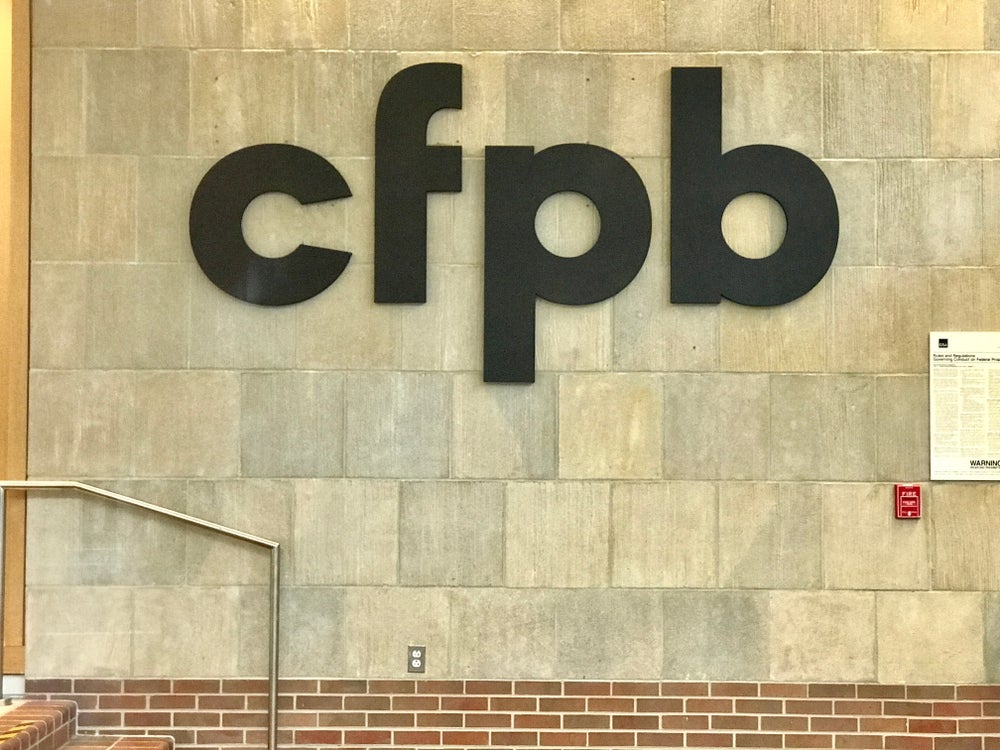Dave McKay, head of
Canadian banking at Royal Bank of Canada, is aiming to achieve 25%
volume growth premium to its four main rivals. Despite far from
favourable market conditions, McKay tells Douglas Blakey RBC is
almost on track to achieve what is a very challenging
target.
 Few major banks
Few major banks
around the world have come through the economic crisis as well as
Royal Bank of Canada (RBC).
With the exception of its
ill-fated retail banking foray into the US – RBC is estimated to
have invested around $5bn in building up its 420-branch-strong
US-retail division only to sell the loss-making unit to PNC in June
for $3.6bn – RBC continues to outperform its major
rivals.
In the first half of the
current fiscal, RBC earned more than C$3.3bn ($3.5bn), up 18% from
the previous year.
RBC’s Wealth Management unit
continued to gather momentum, with earnings up 23% in the first
half while the insurance arm grew earnings by 36%
year-on-year.
How well do you really know your competitors?
Access the most comprehensive Company Profiles on the market, powered by GlobalData. Save hours of research. Gain competitive edge.

Thank you!
Your download email will arrive shortly
Not ready to buy yet? Download a free sample
We are confident about the unique quality of our Company Profiles. However, we want you to make the most beneficial decision for your business, so we offer a free sample that you can download by submitting the below form
By GlobalDataBy delivering strong results,
RBC generated internal capital and strengthened its capital
position, ending the first half with a Tier 1 ratio of
13.6%.
RBC’s domestic-based Canadian
Banking continued to perform particularly strongly, delivering
solid volume growth of 7%.
Although Canadian market
trends point to a slowdown in consumer loan growth, RBC has set a
challenging target of 25% volume growth premium to its four
principal rivals: Toronto Dominion, Scotiabank, Bank of Montreal
and CIBC.
Dave McKay, group head of
Canadian banking, met up with RBI and discussed how the
bank is progressing towards this target, as well as explaining how
he is aiming to transform the future of retail banking by investing
in innovation and expanding its multi-channel
capabilities.
RBI: The 25%
volume growth to the market is a big target to set your team. How
is RBC performing relative to the target?
Dave McKay
(DM): We are on track.
It is a long-term target and
you have to make trade-offs depending on what is happening in the
market.
For the year to date, we are
running at about 21.5% volume growth compared to our peer
group.
RBC starts from a bigger
base, given our strong market share position. So the percentage of
the market that we have to capture keeps growing.
I recognise that I have set
out a fairly significant challenge for my team but we are on track
and I am happy with that. We will not go after the target if it is
not profitable to do so; the end goal is to grow profits at a
premium to the market.
 RBI: What is
RBI: What is
your take on the Canadian retail sector?
DM: There is
some pretty intense competition, especially in the lending side
with extremely tense mortgage competition.
We have done very well in
managing the trade-off between profitable growth and non-profitable
growth.
All the other banks have
suffered margin compression in the retail business as they started
to book money losing business.
We are the only bank [of our
peer group] to hold and expand margins.
Our retail customers are
rewarding us. The proof is in the numbers.
RBI: What
product hits would you want to highlight this
year?
DM: The home
equity line of credit, or HELOC, remains one of the most successful
products RBC has ever launched and has done especially well this
year. RBC has enjoyed a price advantage relative to the market for
the past three months.
RBC is charging prime plus
0.5%; our rivals are at prime plus 1%.
Last year, our rivals
re-priced, citing the liquidity crisis. We did not. So that meant
we were in a difficult place last year. This year, the tables have
turned.
We can go into the market at
prime plus one-half and we are attracting a lot of new business; we
are having a lot of fun doing that.
We have promoted HELOC in a
big way. A concerted ad campaign – including 250 billboards in
Ontario – started in May and the results were so strong, we have
extended the campaign into the Fall. This was topped up by radio
and print advertisements. We will keep running the campaign while
it works so well.
RBI: Does the
mortgage remain the core banking product in
Canada?
DM: The
mortgage is less of a core product in Canada than perhaps it has
been in the past. Historically, banks fought so hard to attract
mortgage business in the belief that the customer would go on to
take the full suite of retail banking products.
But increasingly, the
mortgage is being hived off as more of a commodity product. You
have got to be very careful how you price the mortgage as you may
not get the other business.
RBI: How is
RBC’s cross-sell performance currently?
DM:
Achieving cross sell success is much harder than it has been in the
past.
But RBC continues to
outperform the market. I watch the annual Canadian Ipsos Reid
[Canada’s largest pollster] survey carefully. It measures share of
wallet for the major Canadian banks for the three most profitable
retail banking products, checking accounts, investment products and
mortgages.
We lead the market with 20%
of Canadians having those three types of products with RBC. Our
nearest rival is Toronto Dominion, which has around 16%. Our other
main rivals post 11 to 12%. So our focus on breadth of wallet is
paying off.
 RBI:
RBI:
Last year, you told RBI about your plans for RBC to
establish a number of flagship, prototype branches. How is that
project going?
DM: We are
about to open our third such branch. Already, the branch design is
attracting headlines outside the banking sector and has been
shortlisted for two awards, including one from the Retail
Association of Canada.
We are one of only three
shortlisted and the only bank. For cost reasons, we cannot do a
total refurbishment all of the 1,200 branches in our Canadian
network. It is also disruptive and takes three to four months for a
full, external and internal refurbishment.
So what I have done is take a
three-prong approach to branch refreshment: light, medium and
heavy.
All of the 20-25 new branches
we open in any year will go heavy and feature all aspects of the
flagship branches.
Where we go for a medium
refresh, this will involve a complete internal redesign and may
involve around 20 to 50 branches in a year.
RBI: And where
you go for a light branch refresh, what does this
involve?
DM: We will
introduce the innovative technology from the flagship
branches.
We can also include online
banking kiosks where we go light and roll out surface technology
across the network; we can demo our mobile banking capability and
show customers how to do online banking.
We can also offer
self-service areas for the customer. They have been a huge
success.
By deploying in the light
format we get a quick lift, we are so excited about
that.
It is also about getting
employees out in front of customers in non-traditional ways and
using the available tools in a more interesting, informative and
dynamic way.
RBI: Can you
use the Microsoft surface technology in all branches? What other
technology investments are you making?
DM: We have
some really exciting plans for this. It opens a whole world of
possibilities. You can split the screen into two, so you have an
adult working out mortgage calculations while a child is doing a
puzzle. Surface technology can be used in every branch. Also, there
is scope to use branch floor space so much more efficiently. This
is a real goldmine of opportunity.
 RBI: What
RBI: What
other technology investments are you making?
DM: We are
rolling out Cisco video telepresence technology.
It meets three different
needs. One is language. We have a lot of multicultural customers
and now we can link by video the customer to our contact centre
where 120 languages are spoken and serve the customer in their
native tongue in five minutes.
In a growing multicultural
country, this gives us a huge competitive advantage.
Secondly, every branch can
now offer specialist advice, such as account opening for small
businesses, again by the telepresence technology.
And third, we can offer the
best of our specialist employee base to all of our customers,
wherever they are.
It is all part of my mission
to transform retail banking. And remember, technology costs are
coming down all the time. It is all about bringing advice to
life.
RBI: Away from
the branch, what progress is RBC making in the digital
channels?
DM: RBC has
3.2m active online customers, close to 50% of our retail client
base while 75% of customers are signed up for online banking. So
there is a great opportunity to grow that 50% figure.
In mobile banking, we have
smashed our initial targets. We have over 700,000 active mobile
banking customers who use the service over 8m times a month and
that is just on the Blackberry and iPhone platforms. We go live on
Android platform in the third quarter.
RBI: One area
where RBC continues to rank second by market share is in retail
deposits. Can you get to number one by market share for
deposits?
DM: We are
closing the gap. If we continue to grow deposits at the current
rate, we can get to number one in the next calendar year, barring
any sector acquisitions. We have the sector leader for deposits in
our sights.
RBI: How do you sum up the RBC performance in
Canada?
DM: I am
happy with volumes and with our financial performance. I believe we
have the strategy and the vision and believe that customers are
recognising our value proposition.
In the second quarter, we had
a record high net promoter score.
Much of our success during
the economic crisis was down to having the right credit and risk
strategy and the investments we made there.
We had the most aggressive
growth in our sector and grew our book faster than our rivals and
yet had the lowest volatility of losses.
That shows the calibre of our risk management
systems.







